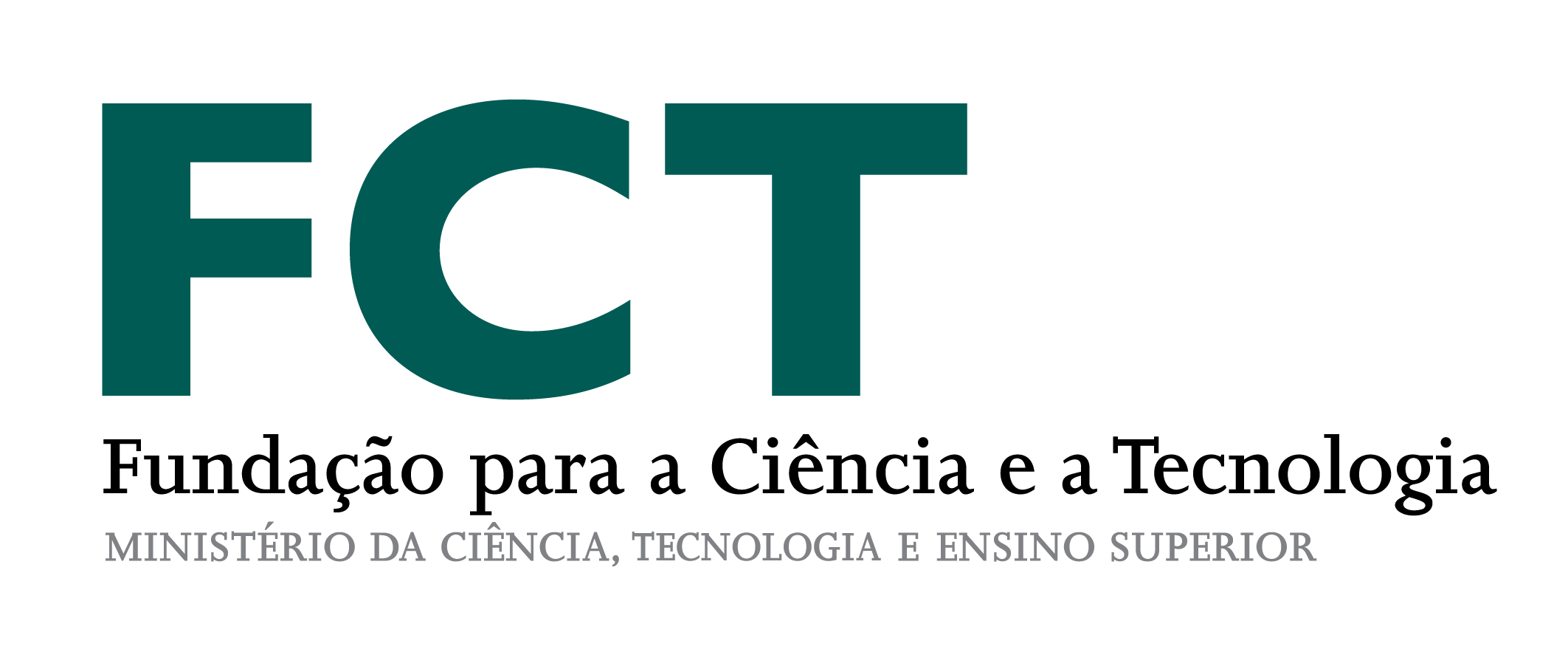Mônica Gama
Programa de Pós-graduação em Letras: Estudos da Linguagem, Universidade Federal de Ouro Preto (UFOP), Brasil
https://orcid.org/0000-0002-4328-9890
The Past as a Vigilant Dream: Female Testimonial Literature
This article proposes the study of three testimonies from the Shoah that were gathered in a recent Brazilian literary work, O que os cegos estão sonhando?, by Noemi Jaffe (2012). The book has three sections: the diary of a survivor of the Shoah, the narrative of her daughter, and an essay written by the survivor’s granddaughter, discussing the succession line scarred by the Shoah horror. The article examines the different narrative structures that they use to organize the stories, and analyzes how they are interlinked in a female, matriarchal lineage, investing on the deep family connection to make a collective, historical memory endure, which inscribes this work in the “untimeliness” of contemporary literature (Agamben 2009).
Keywords
testimonial literature, diary, Noemi Jaffe, postmemory
Este artigo propõe o estudo de três testemunhos da Shoah que foram reunidos em uma recente obra literária brasileira, O que os cegos estão sonhando?, por Noemi Jaffe (2012). O livro tem três seções: o diário de uma sobrevivente da Shoah, o relato de sua filha e um ensaio da neta da sobrevivente, discutindo a linha sucessória marcada pelo horror da Shoah. Analisa-se as diferentes estruturas narrativas que utilizam para organizar os relatos, bem como o seu encadeamento em uma linhagem feminina, matriarcal, apostando na ligação profunda familiar para fazer perdurar uma memória coletiva, histórica, o que inscreve a obra na literatura contemporânea no que ela tem de “intempestiva” (Agamben 2009).
Palavras-chave
literatura testemunhal, diário, Noemi Jaffe, pós-memória
Le passé comme rêve éveillé : la littérature féminine de témoignage
Cet article propose l’étude de trois témoignages de la Shoah réunis dans une œuvre littéraire récente, O que os cegos estão sonhando?, écrit par Noemi Jaffe (2012). Le livre a trois parties: le journal intime d’une rescapée de la Shoah, le récit de sa fille et un essai de la petite-fille de la rescapée, discutant la ligne de succession marquée par l’horreur de la Shoah. En analysant les différentes structures narratives qu’elles utilisent pour organiser les récits, l’article analyse leur articulation dans une lignée féminine, matriarcale, pariant sur le lien familial profond pour faire perdurer une mémoire collective, historique, ce qui inscrit l’œuvre dans la « inactualité » de la littérature contemporaine (Agamben 2009).
Mots-clés
littérature de témoignage, journal intime, Noemi Jaffe, post-mémoire
DOI: https://doi.org/10.22355/exaequo.2023.47.08

Copyright: Creative Commons – CC BY NC












